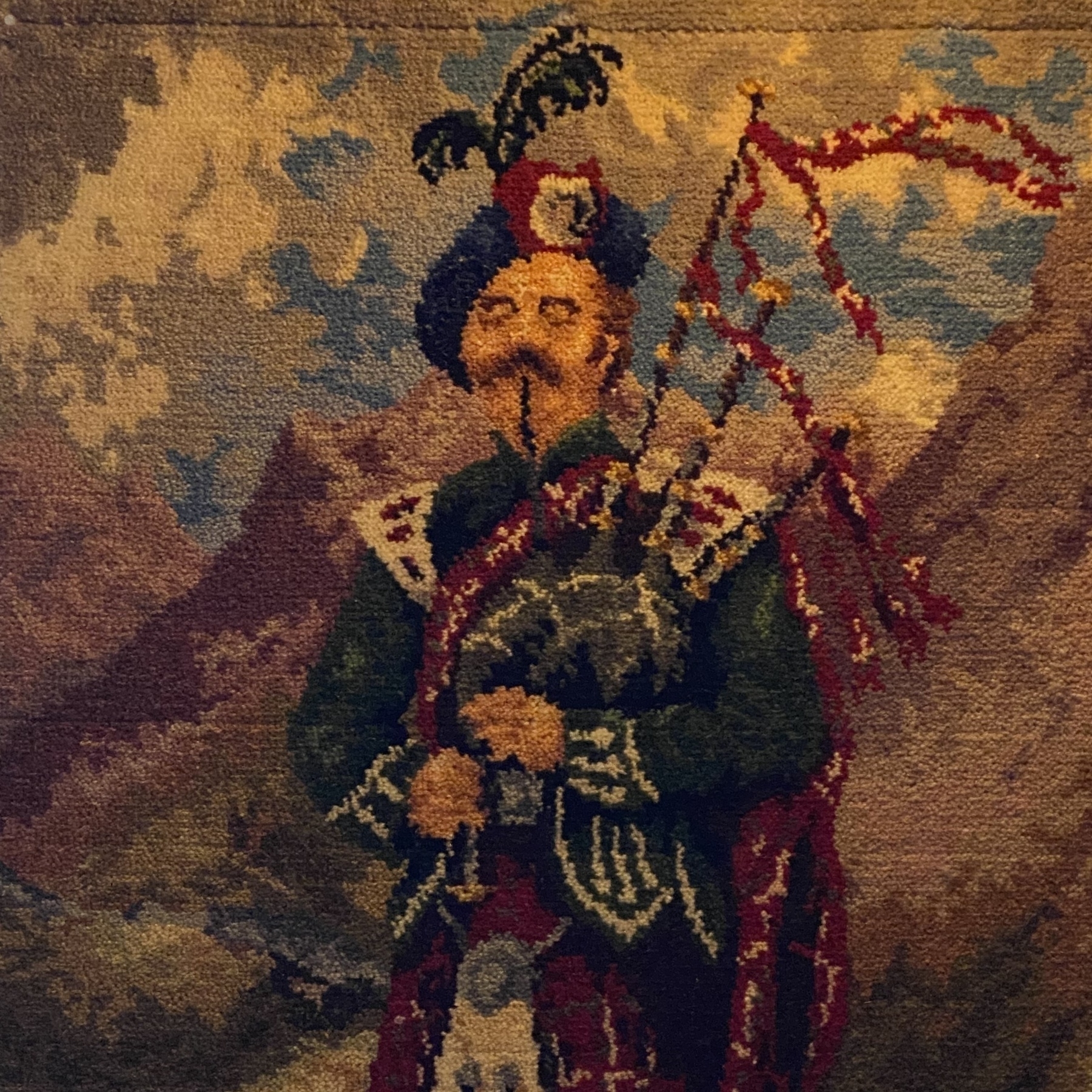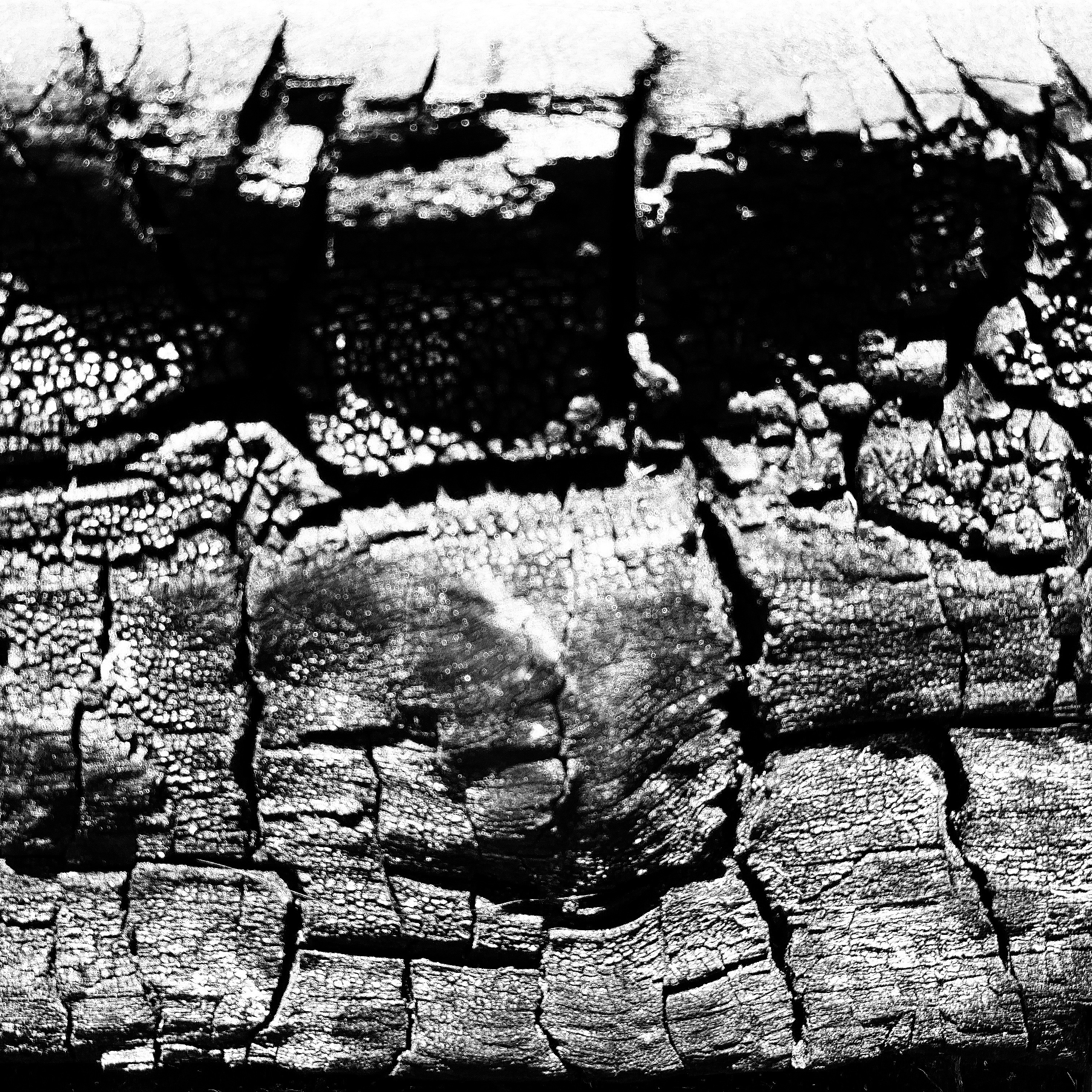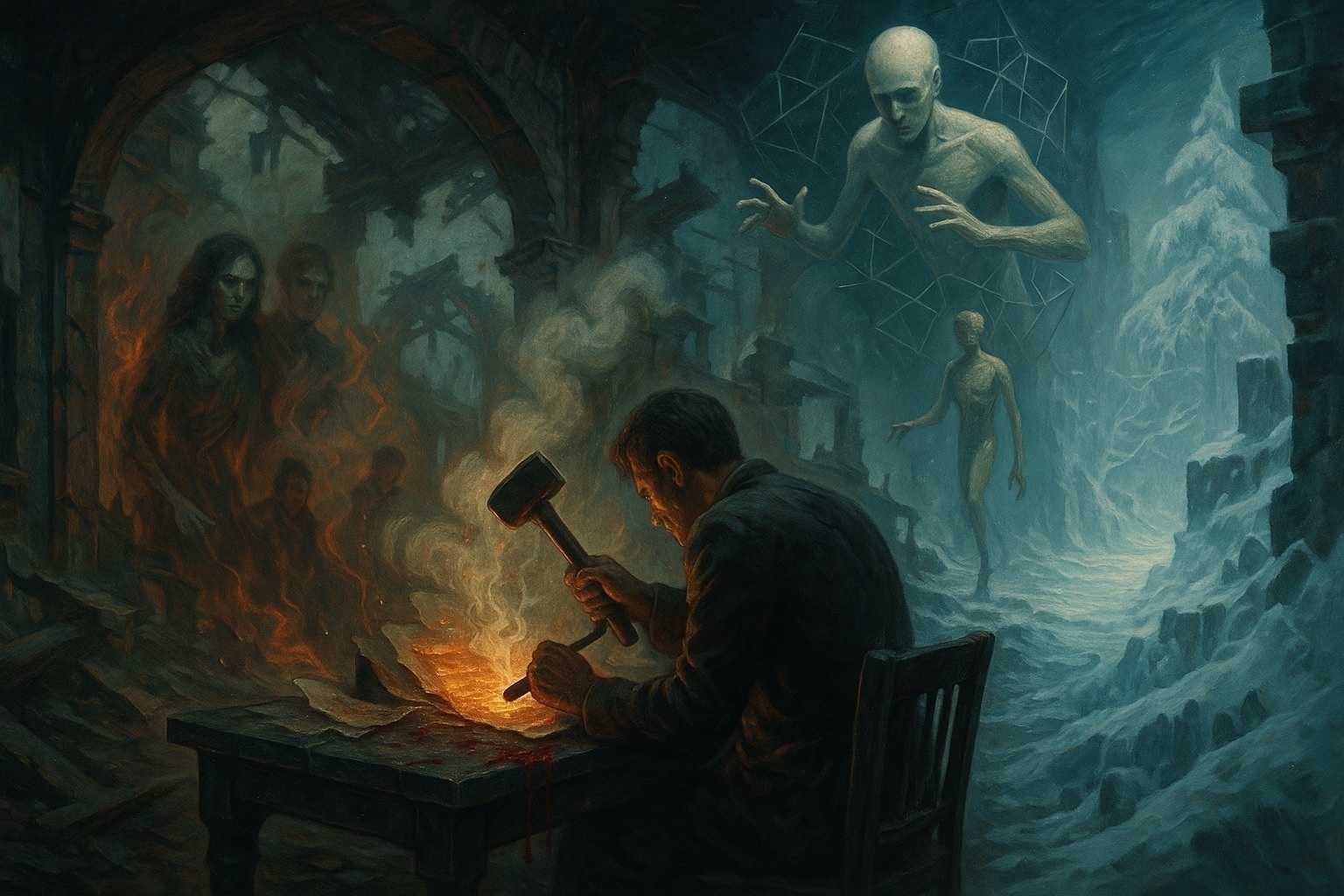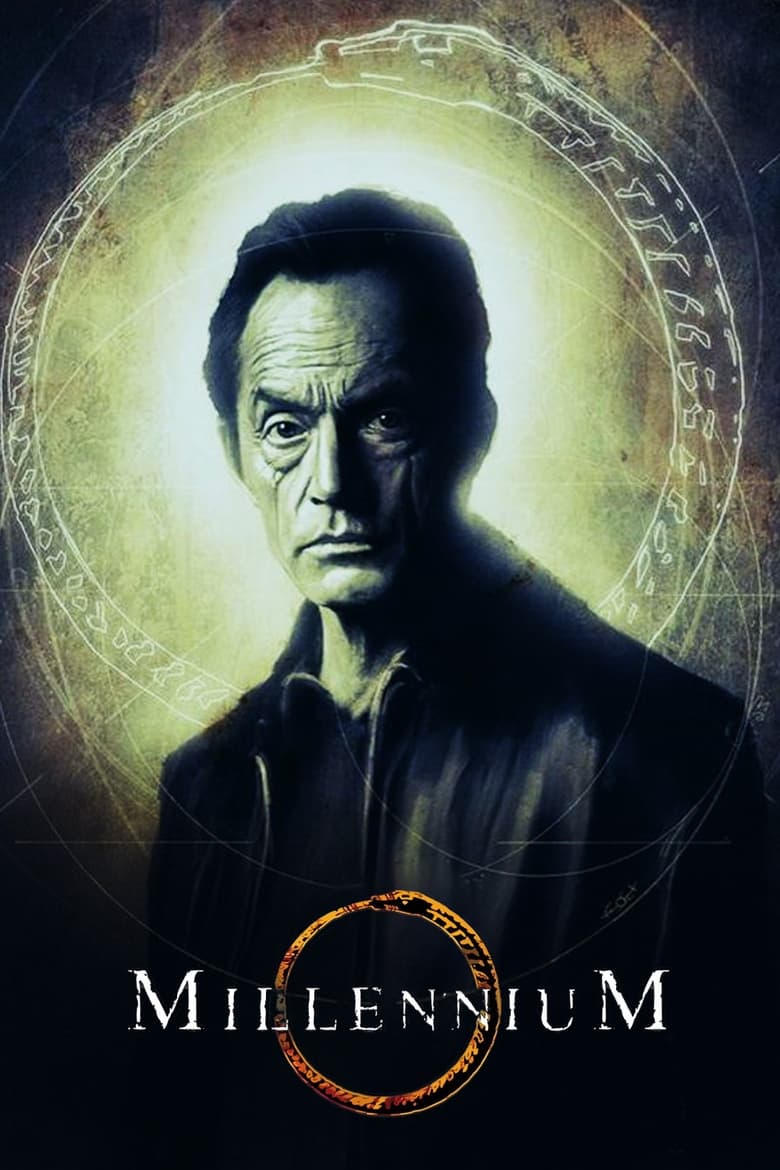
Saw this at the Fiddler’s Hearth.

Saw this at the Fiddler’s Hearth.

Dreamt actress Carol Kane was flirting with me. Later, she began to look like Anne Magnuson. Not a bad dream to have. Here is a composite of the two.

Finished reading: All Systems Red by Martha Wells 📚

Finished reading: Rogue Protocol by Martha Wells 📚

Finished reading: Artificial Condition by Martha Wells 📚
How my Sunday is going.
Burnt wood.

Coronado Bridge.

Deejay Melly



I spent hours—four, maybe more—shaping last week’s session of Kult: Divinity Lost, trying to make sense of it, to coax it into coherence. Only halfway through. It holds. Just barely. The rest waits. Belle and Grayson and the dream they shared. Wexley’s visitation, his encounter with what cannot be named but must be described.
Been reading Arctic Dreams. Lopez. I can feel the rhythm of his language moving through mine. Don’t know if it’s influence or infection. Doesn’t matter. It’s in there now.

Finished reading: Fatale by Ed Brubaker 📚

Finished reading: Harvard and the Unabomber: The Education of an American Terrorist by Alton Chase 📚

Finished reading: Generation Kill by Evan Wright 📚

This project has been on the back burner for the last year. Time to start cooking!
𝗕𝗢𝗥𝗜𝗦
He used to fall for the views. Boris Lebedev was a legend of gravity and social media. But the views dried up and so did the fame. Until one routine stunt caught more than air. Now, the man who fell for fame is running for his life. You only go viral once. Make it count!
📺 Millennium, S 1 E 22 “Paper Dove” (1997)
Okay, that’s a wrap for season one. Looking back, I realize I only caught two episodes when they originally aired. What’d I think? The pacing is slow. Sometimes the show can be boring, but somehow always riveting. And Lance Henricksen always delivers.


Finished reading: Write Ahead the Future Looms 2019 📚
📺 Millennium, S 1 E 21 “Maranatha” (1997)
This episode’s mood was so thick you’d choke on it. It was steeped in the history of the Chernobyl disaster and its related mythology of the apocalypse. Chernobyl translates into “wormwood,” which many compared to the Biblical star of Wormwood in the Book of Revelation. The episode was pretty gruesome for 1997 mainstream TV: shotgun blasts to the head, the cutting of fingers, and an autopsy. Oh, and the devil may or may not have made an appearance. But actor Bill Nunn definitely did.

📺 Millennium, S 1 E 20 “Broken World” (1997)
“We’re witnessing the birth of a psychosexual killer.”
Oh, hey, look, it’s Donnelly Rhodes! Loved him as Doctor Cottle in Battlestar Galactica. He almost looks naked without a cigarette dangling from his mouth. Love the Equus vibe of this episode. Now I think about it: What if Richard Burton played Frank Black? And I gotta wonder if this episode influences Cormac McCarthy’s No Country for Old Men.

📺 Millennium, S 1 E 19 “Powers, Principalities, Thrones and Dominions” (1997)
I’ve been craving a major arc for this series, but now that I’m getting what I wanted, I want the show to go back to serial killers. But I guess I’m in the long haul because I just purchased season 2 from eBay.
Oh, and in this episode, a mother’s neck was slit with a Swiss Army knife. Is that even possible?

📺 Millennium, S 1 E 18 “Lamentation” (1997)
Late last century, TV producers have been leaning more and more towards telling a larger story in a series rather than the monster-of-the-week. Almost, but not quite. This episode was gripping, but by the end of it, I was wondering how it would wrap up. But it didn’t. A supporting character died, Frank’s marriage is in doubt, and a killer is still on the loose. And not even a “To be continued.” I had to restrain myself from immediately watching the next episode.
